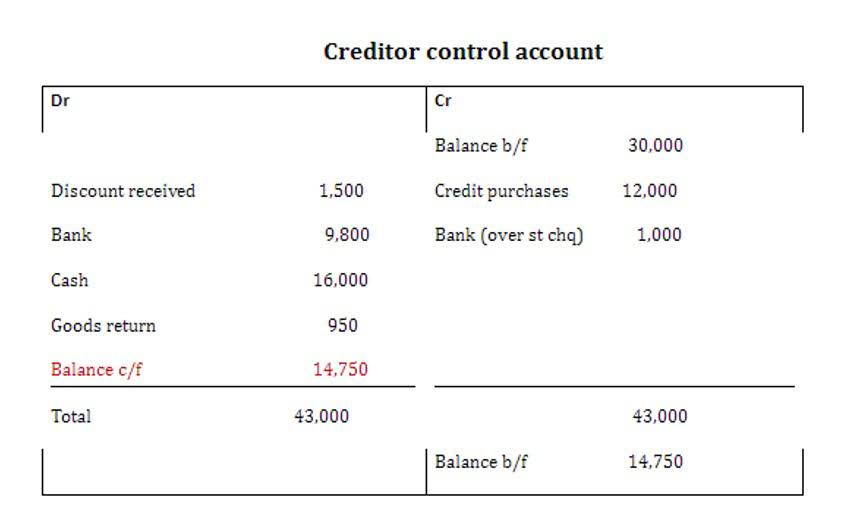14 1: Retained Earnings- Entries and Statements Business LibreTexts
16 de Janeiro, 2023
The retained earnings portion of stockholders’ equity typically results from accumulated earnings, reduced by net losses and dividends. Like paid-in capital, retained earnings is a source of assets received by a corporation. Paid-in capital is the actual investment Medical Billing Process by the stockholders; retained earnings is the investment by the stockholders through earnings not yet withdrawn. In some jurisdictions, incorporation laws prohibit companies from paying dividends when there is a deficit balance in the retained earnings account. Accumulated losses can lead to negative retained earnings, where the retained earnings account shows a debit balance. This indicates that the company has sustained more losses than profits and may be in financial distress.

Are Retained Earnings an Asset?

Retained earnings are recorded under shareholders’ equity, showing how these earnings can be used as a tool to generate growth. That’s your beginning retained earnings, profits or losses for the period, and your dividends paid. And while that seems like a lot to have available during your accounting cycles, it’s not. At least not when you have Wave to help you button-up your books and generate important reports.
Net Income vs Retained Earnings

However, the past earnings that have not been distributed as dividends to the stockholders will likely be reinvested in additional income-producing assets or used to reduce the corporation’s liabilities. So, if you’re looking at a balance sheet and you see a credit balance in the Retained Earnings account, it means the company has accumulated earnings over its lifetime. A debit balance, on the other hand, would indicate that the company has accumulated net losses or has declared more dividends than its accumulated earnings.
Retained Earnings vs. Net Income: What is the Difference?
- As the formula suggests, retained earnings are dependent on the corresponding figure of the previous term.
- For example, asset accounts and expense accounts normally have debit balances.
- The balance sheet accounts are referred to as permanent because their end-of-year balances will be carried forward to the next accounting year.
- In accounting, the company usually makes the journal entry for retained earnings when it makes the closing entry after transferring net income or net loss to the income summary account.
- Retained earnings offer valuable insights into a company’s financial health and future prospects.
It reconciles the beginning balance of net income or loss for the period, subtracts dividends paid to shareholders and does retained earnings have a credit balance provides the ending balance of retained earnings. Retained Earnings (RE) are the accumulated portion of a business’s profits that are not distributed as dividends to shareholders but instead are reserved for reinvestment back into the business. Normally, these funds are used for working capital and fixed asset purchases (capital expenditures) or allotted for paying off debt obligations. Each of the accounts in a trial balance extracted from the bookkeeping ledgers will either show a debit or a credit balance. The normal balance of any account is the balance (debit or credit) which you would expect the account have, and is governed by the accounting equation.
- Hence, the retained earnings account will increase (credit) or decrease (debit) by the amount of net income or net loss after the journal entry.
- Shaun Conrad is a Certified Public Accountant and CPA exam expert with a passion for teaching.
- When distributions are declared by a company, the amount that will be paid as dividends to its shareholder is usually taken out of its retained earnings account on the date of the declaration.
- They also memorized that liability and owner’s (or stockholders’) equity accounts normally have credit balances that increase with a credit entry and decrease with a debit entry.
- From the table above it can be seen that assets, expenses, and dividends normally have a debit balance, whereas liabilities, capital, and revenue normally have a credit balance.
When a company generates net income, it increases its retained earnings by the amount of income that is not paid out as dividends. When a company consistently retains part of its earnings and demonstrates a history of profitability, it’s a good indicator of financial health and growth potential. This can make a business more appealing to investors who are seeking long-term value and a return on their investment. It can reinvest this money into the business for expansion, operating expenses, research and development, acquisitions, launching new products, and more. The specific use of retained earnings depends on the company’s financial goals. Ultimately, the company’s management and board of directors decides how to use retained earnings.

- This calculation will give you the data to know what portion of your profits can be set aside to be reinvested in your business.Retained earnings are also much more than just a number.
- Dear auto-entrepreneurs, yes, you too have accounting obligations (albeit income summary lighter!).
- For instance, if a company pays one share as a dividend for each share held by the investors, the price per share will be cut in half because the number of shares will double.
- Learn how to find and calculate retained earnings using a company’s financial statements.
The retained earnings are calculated by adding net income to (or subtracting net losses from) the previous term’s retained earnings and then subtracting any net dividend(s) paid to the shareholders. As an investor, one would like to know much more, such as the returns that the retained earnings have generated and whether they were better than any alternative investments. Additionally, investors may prefer to see larger dividends rather than significant annual increases to retained earnings. For this reason, the account balance for items on the left-hand side of the contribution margin equation is normally a debit and the account balance for items on the right side of the equation is normally a credit.